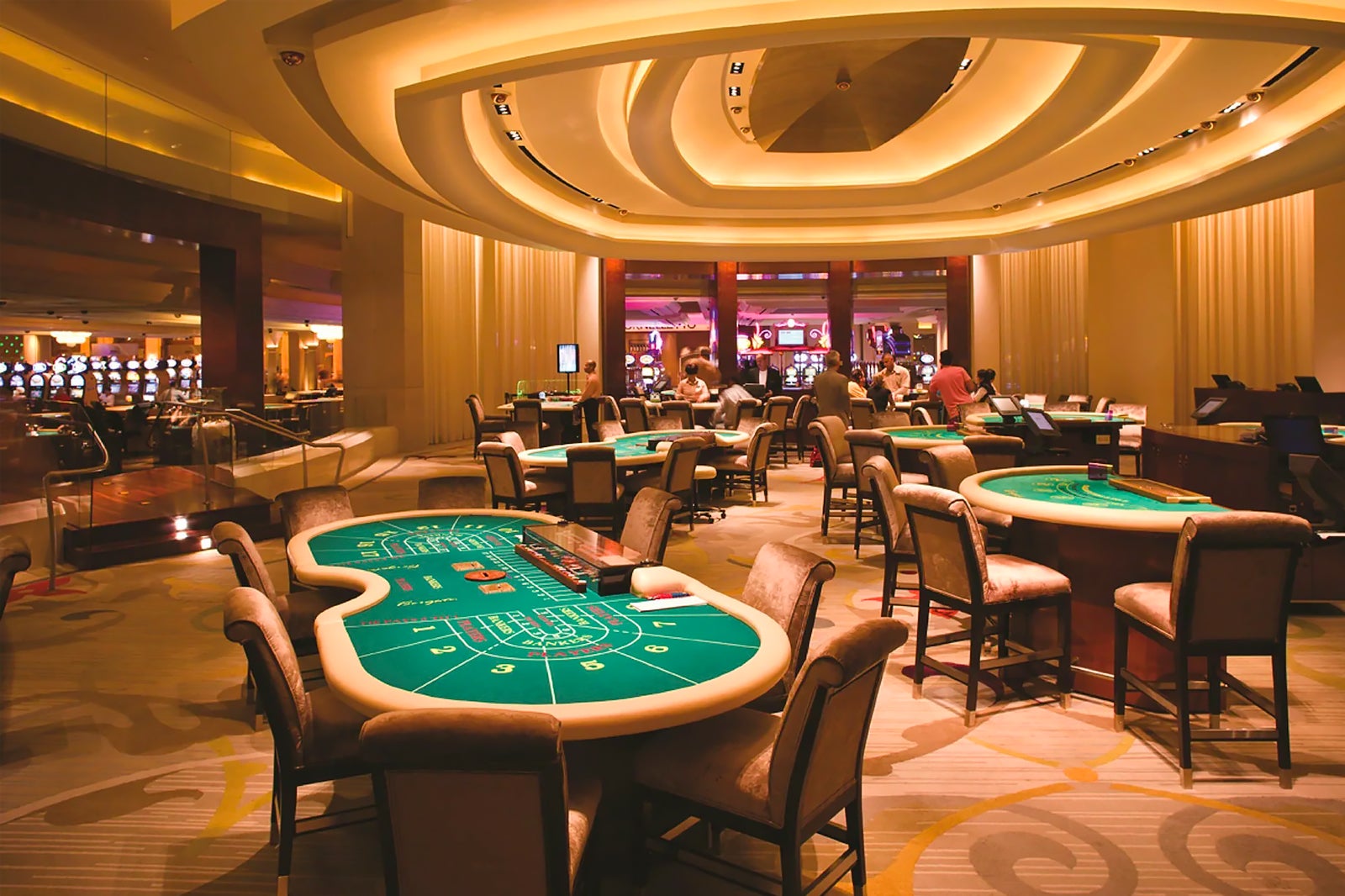
In the lively and exciting world of casinos, wherein luck and strategy intertwine, color and design play a pivotal role in attracting players. From the moment visitors step inside a casino or access a gaming platform, they are enveloped in a visual feast that grabs their attention and lures them to explore further. Bright colors, engaging graphics, and creative layouts are meticulously crafted to create an environment of excitement and expectation, ultimately improving the gaming experience.
While players move through the ever-changing landscape of casino games, they encounter a variety of designs that not only serve visual purposes but also affect emotions and decision-making. Hues like red and gold symbolize riches and luck, while calm blues and emeralds can create a much relaxed environment. Understanding how these elements work together allows casinos to create an inviting and stimulating atmosphere that encourages players to engage with the games, invest additional time at the tables, and increase their general enjoyment.
The Study of Tint in Gaming Establishments
Tint plays a critical role in the development of gaming experiences, affecting player emotions and actions. Lively and striking colors, such as crimson and gold, are often used to stimulate thrill and draw focus. These shades create a sense of immediacy and energy, encouraging participants to participate more enthusiastically with the game. By strategically selecting colors, creators aim to elicit emotions of satisfaction and expectation, which can enhance the complete gaming experience.
Various shades also have psychological connotations that can impact how participants perceive their chances of winning. For instance, lime is often associated with fortune and abundance, making it a popular choice in activities like roulette and poker tables. This connection can lead gamblers to feel more hopeful and assured in their gameplay, ultimately inspiring them to stake more. Grasping these connections allows game creators to design environments that enhance player happiness and engagement.
Furthermore, the layout of gambling game interfaces often utilizes gradients and opposing colors to guide player actions. For case, successful results may be highlighted with striking, contrasting colors, creating a visual reward. This method supports successful results and supports repeated engagement. By utilizing the science of color, gaming venues can design activities that not only draw participants but also keep them engaged and invested in their play experience.
Design Elements that Engage Gamers
The aesthetic appeal of gambling games is primarily influenced by the implementation of vibrant colors. Lively and contrasting colors are deliberately chosen to create an inviting atmosphere that grabs interest. For instance, reds and golden hues often signify luck and wealth, which is why they are prevalent in the palettes of slot machines and table surfaces. These colors not only draw players in, but they also stir emotions associated with thrill and anticipation, enhancing the total gaming experience.
In parallel to color, the design and organization of gambling games play a crucial role in player attraction. Games are designed to be user-friendly, ensuring that players can quickly understand the guidelines and gameplay. User-friendly interfaces, along with captivating graphics and animations, help maintain player interest and promote extended play sessions. The physical elements, such as the feel of the controls and the sounds of the games, also contribute to a comprehensive sensory experience that keeps players engaged.
In conclusion, thematic elements in game design can greatly influence gaming decisions. Many gambling games are inspired by media, myths, or exploration motifs, featuring symbols and characters that resonate with players. These themes create a sense of immersion and relatability, making each game feel unique. When players feel a connection to the concept, they are more likely to choose that game over others, leading to increased participation and enthusiasm within the casino environment.
Case Studies: Effective Gambling Game Designs
One key example of successful gambling game design is the well-known slot machine series based around hit movies. Games such as those based on the Wizard of Oz and Game of thrones utilize bright colors and top-notch graphics to immerse players in familiar narratives. https://ga179.coffee/ The use of dynamic visuals and engaging sound effects captures the interest of players, creating an emotional connection to the theme. This strategy not just promotes longer play but also enhances the overall gaming experience, yielding increased player retention.
Another successful case is the application of color psychology in table games like 21 and the wheel. Casinos often design these games with dark reds and greens, colors traditionally linked with luck and wealth. For instance, the green felt on a 21 table provides a soothing effect, while the red accents in roulette invite thrill. This thoughtful use of color helps to foster an inviting atmosphere that stimulates players to join in, fulfilling their psychological impulses and enhancing their enjoyment.
Finally, online casino games that include community features and vivid, lively designs have experienced remarkable success in engaging players. Games like Zynga’s Poker and Slotomania leverage bright colors and playful animations to forge an inviting online environment. The integration of leaderboards, community sharing options, and in-app rewards encourages competition and community, attracting players in for longer sessions. Such designs merely make the games visually attractive but also highlight community engagement, a key factor in player retention and engagement within online casino environments.